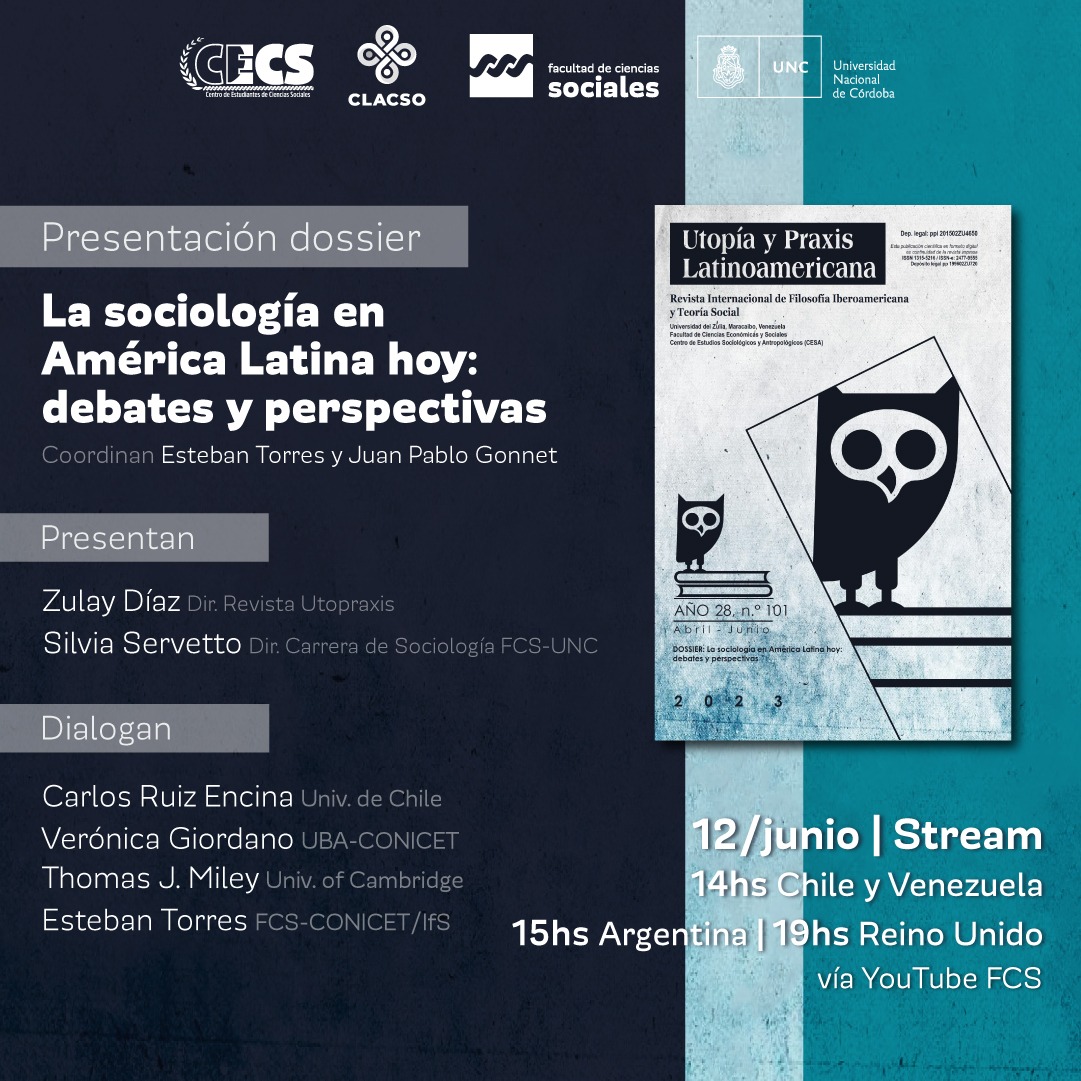The Chinese Room Argument in the Context of the Rational Action Theory
Resumen
ABSTRACT
The article describes a well-known thought experiment of J. Searle called the Chinese Room directed against theories of strong artificial intelligence in the context of longstanding polemic following the publication of Searle's paper as well as his later book "Rationality in Action" (2001). Their radical separation in the framework of his suggested thought experiment was criticized the most as there was seen simplification which did not comply with real theories of artificial intelligence. Searle’s book published in 2001 makes it clear that the philosopher means first of all the difference within the semantics itself: connected mainly with action and syntax.
RESUMEN
El artículo describe un conocido experimento mental de J. Searle llamado la Sala China dirigida contra las teorías de la inteligencia artificial fuerte en el contexto de una larga polémica tras la publicación del artículo de Searle, así como su libro posterior "Racionalidad en acción" (2001). Su separación radical en el marco de su experimento mental sugerido fue la más criticada ya que se observó una simplificación que no cumplía con las teorías reales de la inteligencia artificial. El libro de Searle publicado en 2001 deja en claro que el filósofo significa ante todo la diferencia dentro de la semántica misma: conectada principalmente con la acción y la sintaxis.
Citas
BODEN, M.A. (1988). Escaping from the Chinese Room. Computer Models of Mind. Cambridge University Press, 253-266.
CHALMERS, D.J. (1992). Subsymbolic Computation and the Chinese Room. The Symbolic and Connectionist Paradigms. Lawrence Erlbaum Associates, 25–48.
DAMPER, R.I. (2006). The logic of Searle’s Chinese room argument. Minds and Machines, 16(2), 163–183.
FRENCH, R.M. (2000). The Chinese Room: Just Say “No!”. Proceedings of the 22nd Annual Cognitive Science Society Conference. NJ. LEA, 657-662.
MAGUIRE, R., MAGUIRE, PH., MOSER, PH. (2015). A clarification on Turing’s test and its implications for machine intelligence. Proceedings of the 11th International Conference on Cognitive Science, 318-323.
MOONEY, V.J. Iii. (1997). Searle's Chinese Room and its Aftermath: Ph.D. candidate. Stanford: Computer Systems Laboratory Stanford University. Retrieved from: https://www.cs.rit.edu/~mpv/course/ai/chinese-room.pdf
PENROSE, R. (1989). The Emperor’s New Mind: Concerning Computers, Minds, and the Laws of Physics. Oxford University Press, 480.
PRESTON, J., BISHOP, M. (2002). Views into the Chinese Room: New Essays on Searle and Artificial Intelligence. New York. Oxford University Press, 410.
RAPAPORT, W.J. (1986). Philosophy, Artificial Intelligence, and the Chinese-Room Argument. Abacus, 3(4), 7-18.
SAYGIN, A.P., CICEKLI, I. (2000). Turing Test: 50 Years Later. Minds and Machines, 10(4), 463-518.
SCHANK, R.C., ABELSON, R.P. (1977). Scripts, plans, goals, and understanding. Hillsdale, N.J.: Lawrence Erlbaum Press, 248.
SEARLE, J.R. (1980). Minds, brains, and programs. Behavioral and Brain Sciences, 3(3), 417-457.
SEARLE, J.R. (1990). Is the Brain's Mind a Computer Program? Scientific American, 262(1), 26 - 31.
SEARLE, J.R. (2001). Rationality in Action. Cambridge, Massachusetts, London: A Bradford Book, 319.
SINGH, A. (2014). What is really in the Chinese Room? Trinity College Dublin Category. http://www.undergraduatelibrary.org/2014/philosophy-theology/what-really-chinese-room
SPECK, E VAN DER. (July 2, 2004). Searle’s Chinese Room Argument. Retrieved from: https://spekmen.home.xs4all.nl/remote/ChineseRoom.pdf
TURING, A.M. (1950). Computing Machinery and Intelligence. Mind, 49, 433-460.












